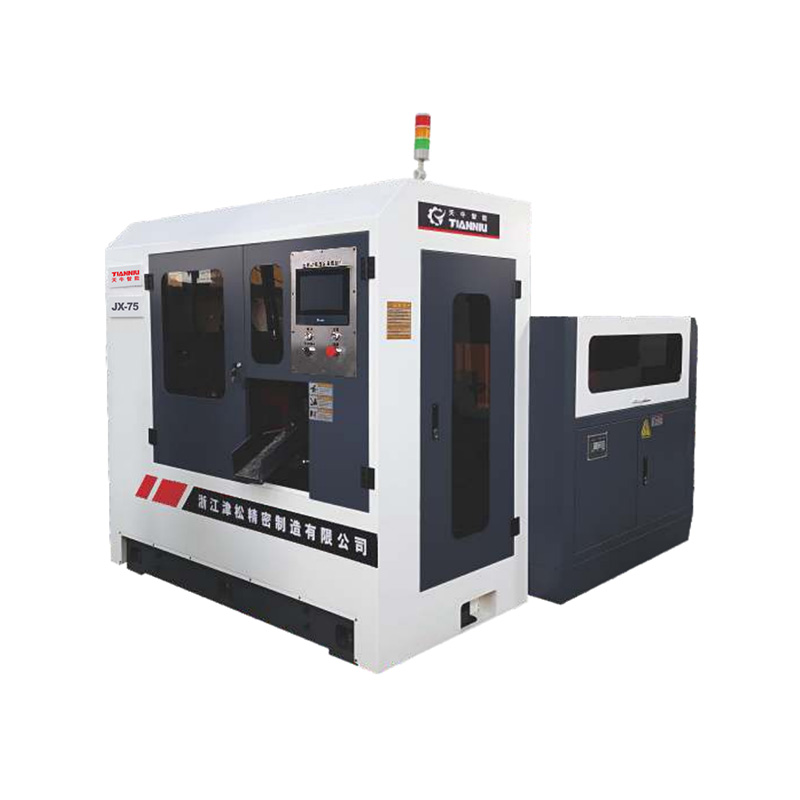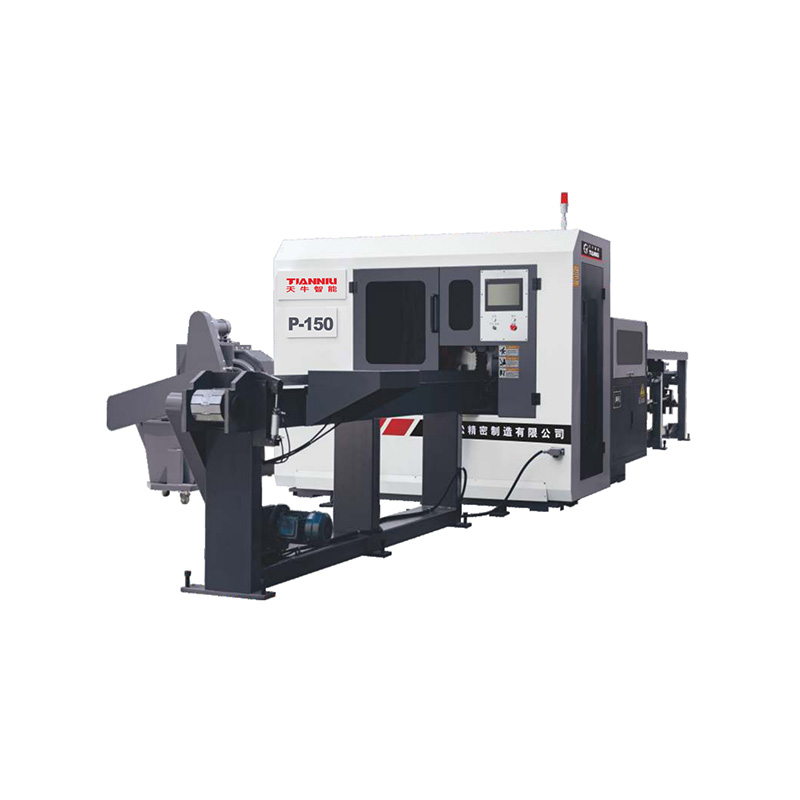Email: hujin@chinahujin.cn
Understanding the Overheating Risks of Horizontal Band Saw Machines During Continuous Operation
Thermal Stress in Extended Cutting Cycles
In industrial environments where long-duration and high-volume metal cutting is common, machinery is frequently subjected to intense operational stress. The horizontal band saw machine, a staple in metal fabrication, is often tasked with continuous operation over several hours or even entire shifts. During such prolonged use, one of the pressing concerns is the potential for overheating. Thermal buildup primarily arises from the friction generated between the cutting blade and the material, compounded by the mechanical activity of motors and moving components. If the heat produced is not effectively dissipated, it can negatively affect both the performance and the lifespan of the equipment.

Impact of Inadequate Cooling and Lubrication
A major contributor to overheating issues is insufficient cooling and lubrication. Horizontal band saw machines typically rely on coolant systems to regulate temperature and flush away debris during operation. If the coolant flow is reduced due to clogs, leaks, or neglect, the cutting zone can quickly accumulate heat. Moreover, inadequate lubrication of moving parts such as the guide rollers, drive wheels, and motor bearings can cause excessive friction. Over time, this not only raises the operating temperature but also increases the wear and tear of key components. Operators must routinely inspect and maintain coolant and lubrication systems to ensure proper function and prevent heat-induced damage.
Blade Type and Feed Rate Considerations
The choice of blade and operational parameters also significantly influences thermal behavior. Using an improper blade for the material type or setting an overly aggressive feed rate can cause the saw blade to overwork, generating more heat than the system is designed to handle. Dull or worn blades further exacerbate this problem, as they require more force and generate higher friction. Conversely, selecting an appropriate blade with the right tooth pitch and ensuring it is sharp can reduce unnecessary heat buildup. Additionally, adjusting the feed rate and cutting speed in line with the material properties allows for more efficient heat control during continuous use.
Machine Design and Heat Management Features
Modern horizontal band saw machines often come equipped with features designed to combat the risks of overheating. These may include thermostatically controlled coolant pumps, enhanced airflow designs, heat-resistant components, and thermal sensors that alert operators when temperatures exceed safe thresholds. Machines with high-efficiency motors and well-engineered drive systems are generally better at dissipating heat and can handle longer operational cycles without overheating. However, older or poorly maintained machines may lack these safeguards, making them more susceptible to heat-related problems when operated continuously.
Maintenance and Monitoring Practices
To mitigate overheating risks during continuous operation, regular preventive maintenance is critical. This includes inspecting electrical components for signs of overload, cleaning out coolant channels, replacing worn belts and pulleys, and checking for any signs of thermal fatigue, such as discoloration or warping. Operators should also monitor temperature levels during operation and be trained to recognize early signs of overheating, such as abnormal noises, vibration, or visible smoke. By combining proactive care with intelligent machine use, overheating scenarios can be avoided, allowing the horizontal band saw machine to perform reliably even in demanding work cycles.
Conclusion
While the horizontal band saw machine is a robust and reliable tool for continuous cutting tasks, it is not immune to overheating. Factors such as poor cooling, improper blade use, high friction, and lack of maintenance can all contribute to excessive thermal buildup. However, with appropriate operational practices and proper maintenance, these risks can be effectively controlled, ensuring the machine’s efficiency, safety, and long-term durability in industrial settings.
 English
English русский
русский عربى
عربى






